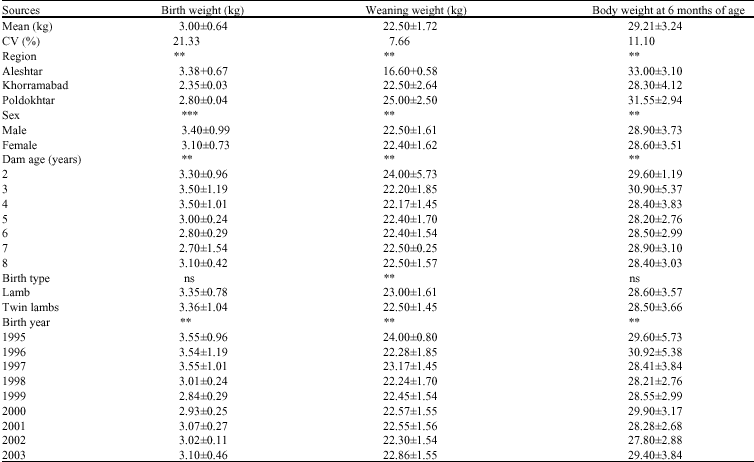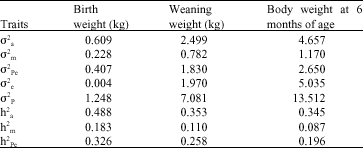Research Article
Estimation of Genetic Parameters and Environmental Factors on Early Growth Traits for Lori Breed Sheep Using Single Trait Animal Model
Islamic Azad University, Karaj Branch, Iran
A. Noshary
Islamic Azad University, Karaj Branch, Iran










